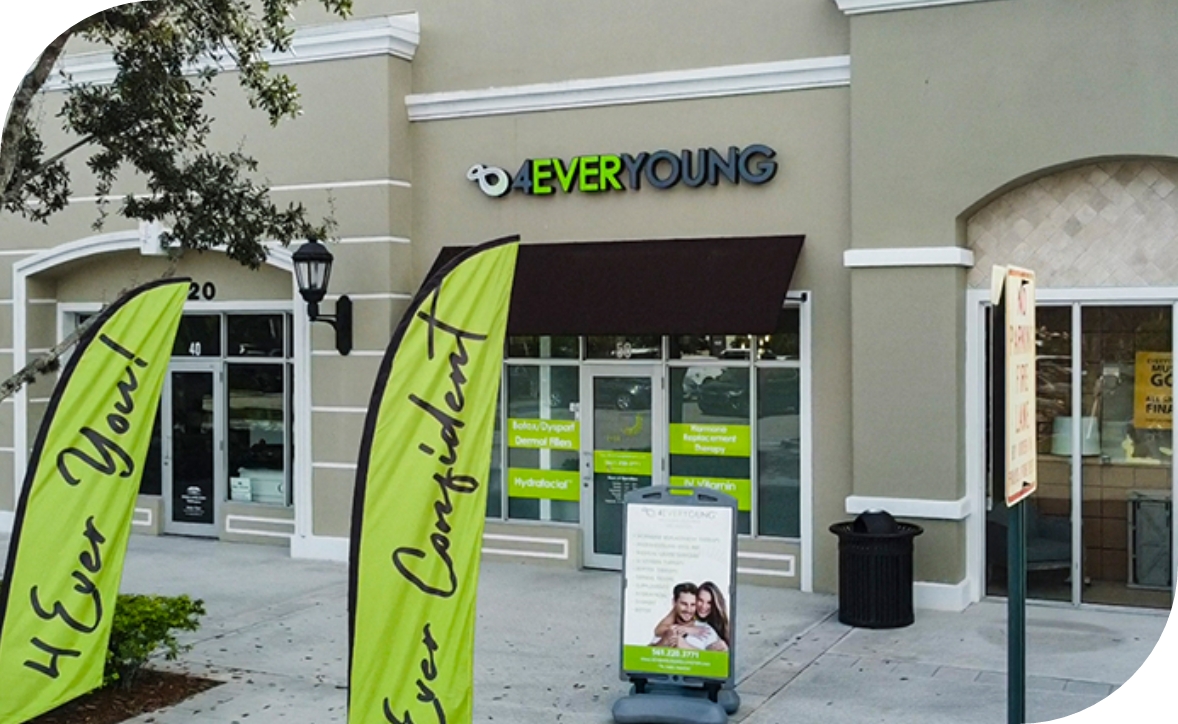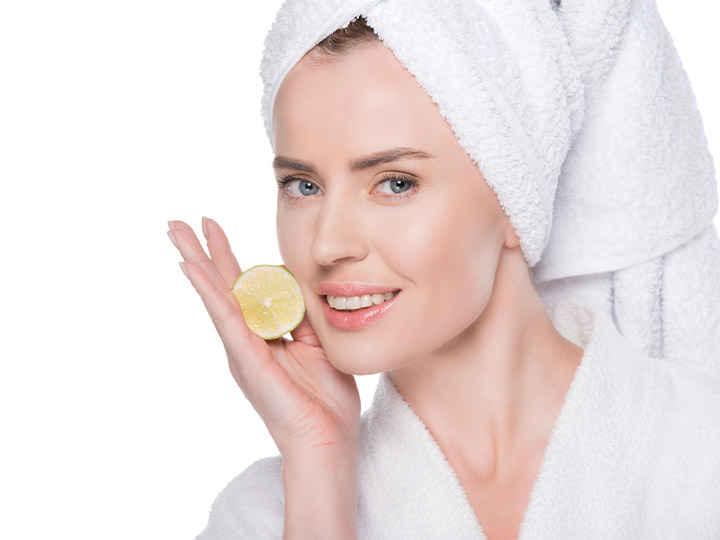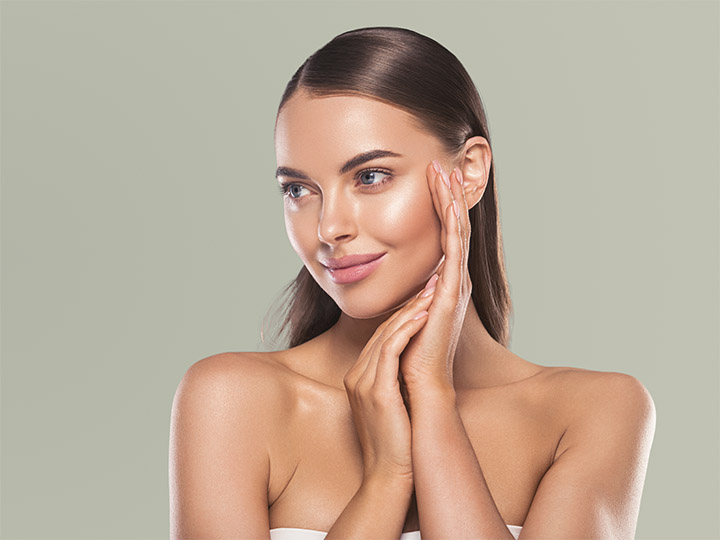IPL Photofacial Benefits: How Light Therapy Revives Dull Skin
Dull, lackluster skin can creep up on anyone. One day, you just notice your complexion looks tired and uneven. In the quest to treat dull skin and restore a youthful glow, many people are turning to skin renewal therapy as a solution. One standout option is the Intense Pulsed Light (IPL) photofacial, a cutting-edge procedure that uses bursts of broad-spectrum light to rejuvenate the complexion.
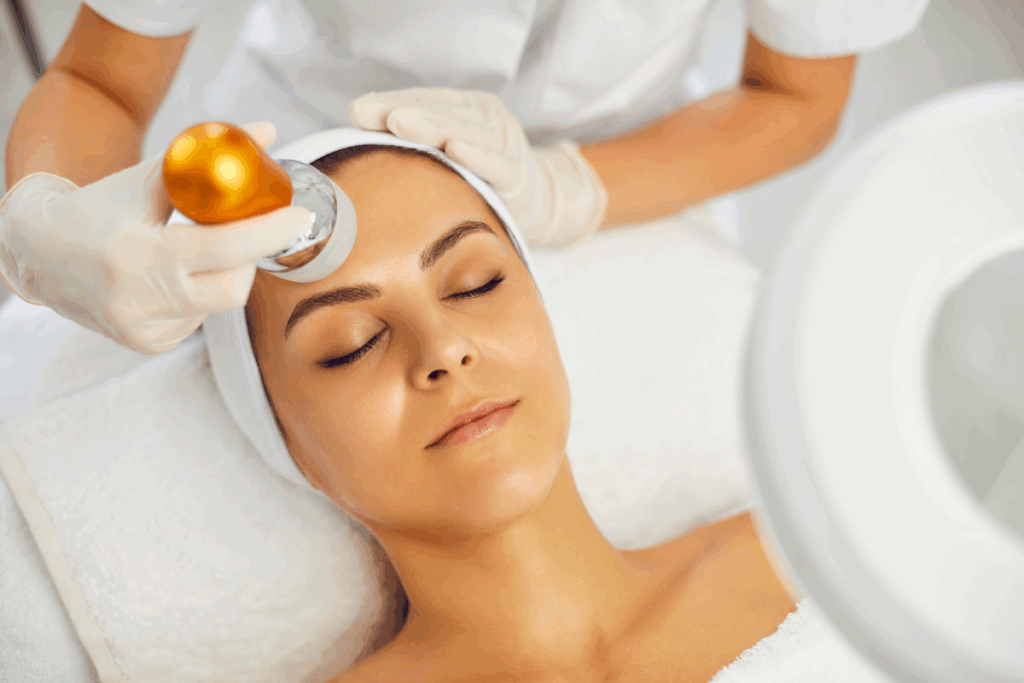
Why Does Skin Become Dull?
Before diving into the solution, it helps to understand the problem. Skin doesn’t typically lose its radiance overnight – dullness builds up over time due to a combination of factors. Sun damage is a major culprit; everyday exposure to UV rays gradually breaks down collagen, triggers dark spots, and creates uneven tone, all of which contribute to a dull complexion. In addition, the natural aging process slows down skin cell turnover. As we age, dead cells linger longer on the skin’s surface, causing it to appear flat and flaky.
Lifestyle and environmental factors play a role as well. Dehydration, lack of sleep, smoking, and pollution can sap the skin’s vibrancy. Dry or unexfoliated skin accumulates layers of dead cells that scatter light, making the face appear less luminous. Even stress and a poor diet can leave the skin looking sallow by impairing circulation and depriving it of nourishment. The result of these influences is skin that looks tired, ashy, or “gray” instead of bright and healthy. Uneven pigmentation also makes skin look dull. Sun exposure over the years can lead to freckles, age spots, and patches of melanin, resulting in a mottled appearance. This uneven color and tone rob the skin of the uniform glow we associate with youth. Moreover, dilated blood vessels can cause diffuse redness and blotchiness, further dulling the overall look. All of these issues add up to a lackluster face that no amount of highlighter makeup can fully disguise.
The Power of Light Therapy for Skin
Light has been used in dermatology for decades to treat various skin conditions, a field known as phototherapy. Different wavelengths of light can trigger various therapeutic effects in the skin. For example, dermatologists use blue light to kill acne bacteria and red light to reduce inflammation and promote healing. Today, facial light therapy has expanded beyond medical conditions to cosmetic rejuvenation. Light therapy facials have become popular as gentle, non-invasive treatments to boost skin radiance.
So how can light improve the skin’s appearance? Certain light wavelengths can penetrate the skin and interact with key targets, such as pigment, blood vessels, and collagen-producing cells. Low-level LED light treatments, for instance, can energize cells called fibroblasts to produce collagen, or can calm down redness. These LED photofacials are very mild and have no downtime, making them a spa favorite for giving skin a quick glow. However, they are also limited in intensity – changes are subtle and usually temporary.
What Is an IPL Photofacial?
Sometimes referred to as IPL treatment or IPL photorejuvenation, it is a cosmetic procedure performed by dermatologists, cosmetic surgeons, or trained skincare professionals to enhance the skin’s appearance using intense pulses of light. An IPL photofacial is a type of facial light therapy that can address a range of skin concerns in a single treatment. According to medical sources, Intense Pulsed Light (IPL) is a cosmetic skin treatment that can reduce signs of aging, lighten darker patches of skin, fade sunspots, and even improve issues like scars and spider veins. It’s a multipurpose treatment, initially developed in the 1990s for vascular birthmarks and hair removal, but now widely used for general skin rejuvenation.
- Targeted Wavelengths and Customization: Each pulse of light precisely delivers a diverse range of wavelengths deep into the skin’s various layers, all without causing any damage to the delicate outermost surface. The exceptional adaptability of IPL technology lies in its ability to precisely calibrate, allowing it to effectively target a wide spectrum of skin concerns.
- Addressing Pigmented Lesions: For instance, a specific filter can be strategically employed to isolate wavelengths that are readily absorbed by melanin, the natural pigment responsible for conditions such as brown spots and sun damage. A highly targeted absorption causes the melanin to rapidly heat up and subsequently break down, leading to the gradual fading and eventual clearance of these prominent pigmented lesions, resulting in a more even and clear complexion.
- Reducing Redness: Similarly, other adjustable settings on the IPL device can be precisely calibrated to target hemoglobin, the vital protein found within red blood cells. When light energy is absorbed by hemoglobin, it prompts the blood vessels to constrict and gradually become less visible. This process effectively reduces undesirable redness commonly associated with conditions like rosacea, visible broken capillaries, and generalized facial flushing, ultimately contributing to a more balanced and harmonious skin tone.
One big appeal of IPL photofacial is that it is truly non-invasive – no needles, no incisions, and typically no need for numbing. There’s no abrasion of the skin as with chemical peels or microdermabrasion, and unlike ablative lasers, IPL doesn’t burn off the top layer of skin. This means IPL photofacial treatments generally have minimal downtime and risk. It’s an in-office procedure that typically takes around 20-30 minutes for a full-face treatment, often performed in a series of sessions for optimal results. After the treatment, patients can usually resume normal activities immediately, with only mild redness – making IPL a convenient lunchtime rejuvenation procedure.
Brightening and Reviving a Dull Complexion
One of the hallmark IPL photofacial benefits is its ability to brighten dull skin. If your face has been looking drab or ashy, IPL can help restore a more radiant complexion. How? By homing in on the discolorations and damage that are dulling your glow. IPL targets explicitly the excess melanin deposits that cause age spots, sunspots, and uneven tone. Those stubborn brown flecks and patches absorb the light and get shattered into particles that the body clears away. As those pigmented spots fade, your overall skin tone looks more uniform and luminous.
Likewise, IPL targets the tiny red vessels and blotchiness that can give skin a ruddy, tired look. People with rosacea or chronic redness often find their skin looks dull because the redness overshadows their natural tone. IPL’s pulses of light can collapse those superficial blood vessels, reducing persistent redness. The result is a clearer canvas with fewer distractions, and the improved skin tone shines through.
Clinical Evidence and Anti-Aging Effects
You might be wondering: does IPL photofacial really live up to these claims in a scientific sense? The answer is yes – IPL’s ability to rejuvenate skin is well documented. Since the first IPL device was approved in the mid-1990s, the technology has undergone continual improvement and has become a widely utilized dermatological treatment. In clinical practice, IPL is considered a safe and effective method for treating pigmented lesions (like sunspots) and vascular issues, as well as for reducing signs of photoaging. Dermatologists value IPL as a reliable workhorse for improving skin appearance with relatively low risk.
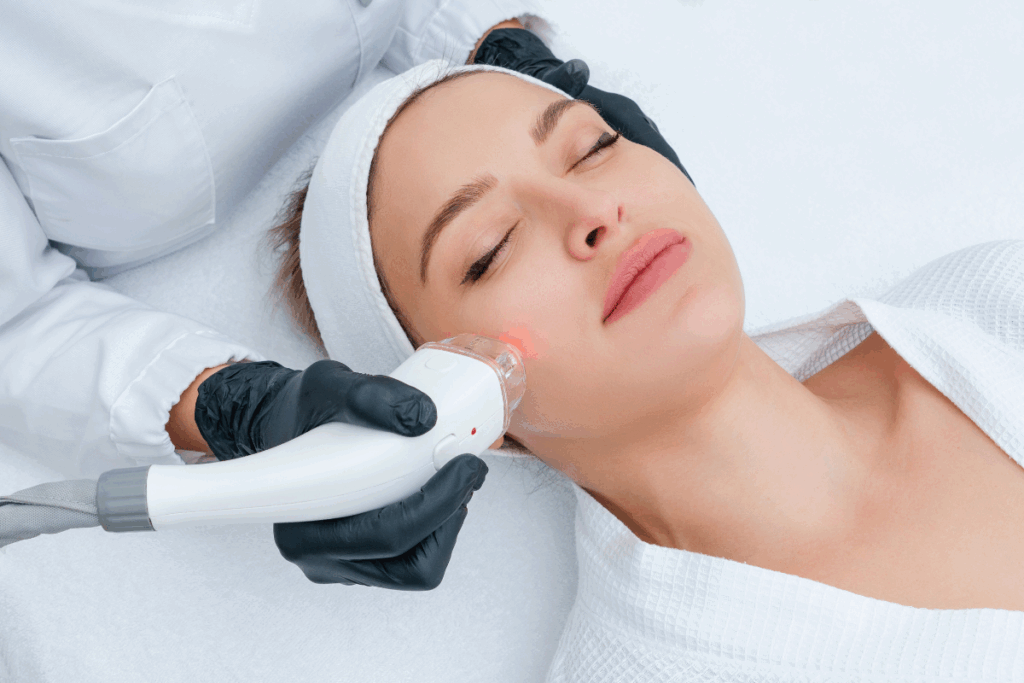
Long-term follow-up studies on patients who received IPL treatments have shown significant improvements in skin quality that persist for years after a series of sessions. Over 80% of treated patients saw improvements in skin texture and a reduction in redness and pigmentation even four years after their IPL treatments, with minimal downtime or side effects reported. These results suggest that IPL can produce lasting changes in the skin, not just temporary improvements. The stimulation of collagen and reducing sun damage essentially helps “reset” the skin to a younger state, and maintaining those results is possible with the occasional touch-up treatment.
Of course, individual results can vary. Factors such as one’s skin type, the severity of sun damage, and hormonal influences can affect the degree of improvement. Patients with pervasive sun damage might still have some spots remaining, and profound wrinkles will not vanish from IPL alone. However, the overall consensus in dermatology is that IPL photorejuvenation reliably produces noticeable improvements in discoloration and mild-to-moderate signs of aging for the majority of suitable candidates. It has earned its place as a staple in skin rejuvenation services offered by many clinics due to this proven track record.
What to Expect During IPL Photofacial Treatments
If you’re considering undergoing IPL photofacials to revive your dull skin, it helps to know what the experience is like. Here’s a walkthrough of a typical treatment course and what you can expect:
- Before: You’ll have a consultation where the provider examines your skin, discusses your concerns, and ensures you’re a good candidate for IPL. People with darker skin tones or very fresh tans may be advised against IPL or told to prep the skin to reduce risks. You may be asked to stop using retinoid creams or other irritants a few days before treatment. On the day of the procedure, come with clean skin.
- During: The clinician will give you protective eyewear. A cool coupling gel is applied to the treatment area – this gel helps the light device glide and also keeps the skin cool. The IPL handpiece is then placed on the skin, and you’ll feel a quick flash of light with each pulse. As mentioned, the sensation is often like a hot snap or pinch. It’s usually very tolerable; at most, some areas might make you flinch slightly. The practitioner will systematically move across the treatment area, delivering dozens of pulses to cover the entire face. A full-face IPL can take around 20 minutes. If it’s a larger area like the full face and neck or chest, it might be 30-40 minutes. Cooling packs or a cold air blower can be used alongside to improve comfort. Generally, anesthesia isn’t needed, but if you’re very sensitive, a numbing cream can be applied beforehand.
- After: The treated skin will usually look a bit red and feel warm, similar to a mild sunburn, for a few hours. There’s typically no significant pain after – maybe a slight stinging or tenderness for a short time. You can often see the immediate reaction of IPL: for instance, your brown spots may appear darker and more pronounced. Don’t be alarmed if pigmentation looks worse right after; those spots will flake off over the next week or two. There might also be some mild swelling, particularly under the eyes or in areas where lots of pulses were done, but this usually resolves in a day or two. Downtime is minimal – most people feel comfortable going back to work or their routine the next day, or even immediately. Makeup can usually be applied the next day to cover any redness if needed.
- Short-term aftercare: It’s crucial to baby your skin for a few days post-IPL. Gentle cleanser, moisturizer, and most importantly, sunscreen are your best friends. Avoid hot water and harsh scrubs on your face for a couple of days. The darkened spots will gradually come to the surface and peel; do not pick or scrub them off – let them shed naturally to avoid scarring. Keeping the skin hydrated will help the healing process.
- Results timeline: Some improvements can be seen as soon as 1-2 weeks after the first session – typically, complexion looks more even as the initial pigmented flakes come off. Redness (if treated) might improve even sooner. However, the best results unfold gradually throughout your non-invasive facial treatments. With each session, more pigment is lifted and collagen is incrementally built up. By the end of, say, a 3-5 session series, many patients are delighted by the significant reduction in sun spots, much more even tone, and brighter, smoother skin overall. Patience is key; you’ll likely be asked to space sessions about a month apart to allow proper recovery and renewal in between.
You do need multiple sessions to reach your goal, and IPL doesn’t work well on very light hair colors. That said, most people find the gradual improvement to be well worth the trade-off for having a gentler anti-aging treatment for dull skin with minimal downtime each time.
Choosing the Top Laser Skin Clinics and Next Steps
If you’ve decided to pursue IPL photofacial treatments to rejuvenate your skin, the next step is selecting a suitable location for the procedure. The results and safety of IPL are highly dependent on the skill of the provider and the quality of the equipment. It’s wise to seek out a reputable laser and skin clinic or dermatology office that has extensive experience with IPL. Many of the clinics have IPL devices (sometimes more than one type of IPL or similar broadband light device) and will know how to tailor the treatment to your skin’s needs. When researching, look for a skin treatment clinic that employs licensed medical professionals or certified laser technicians supervised by doctors. You can ask for before-and-after photos of their IPL patients to measure the typical results they achieve.
During a consultation, don’t hesitate to ask questions: How many IPL photofacial procedures have they performed? Do they have the latest generation IPL equipment? Will a doctor be available if any issues arise? A good provider will also manage your expectations – they’ll let you know what IPL can and can’t do for you specifically. They might recommend combination therapies for best results.
One example of a provider in this space is 4Ever Young, which is a network of clinics offering IPL photofacial treatments among its skin rejuvenation services. Clinics like 4Ever Young focus on comprehensive anti-aging care and often have experienced practitioners who understand how to get optimal results from IPL and other technologies. While you should choose a convenient and trusted clinic for you, ensure they have proper credentials and positive reviews specifically for skin treatments. Once you commit to the treatment plan, be prepared to follow through with the full series and any maintenance. Remember that consistency is key – you won’t get the full benefit from just one session. Most people see the best brightening and smoothing after completing all recommended sessions. After that, maintaining a healthy skincare routine will help prolong your new glow. Many patients opt for a maintenance IPL treatment, typically once a year or before special occasions, to maintain clear and radiant skin.
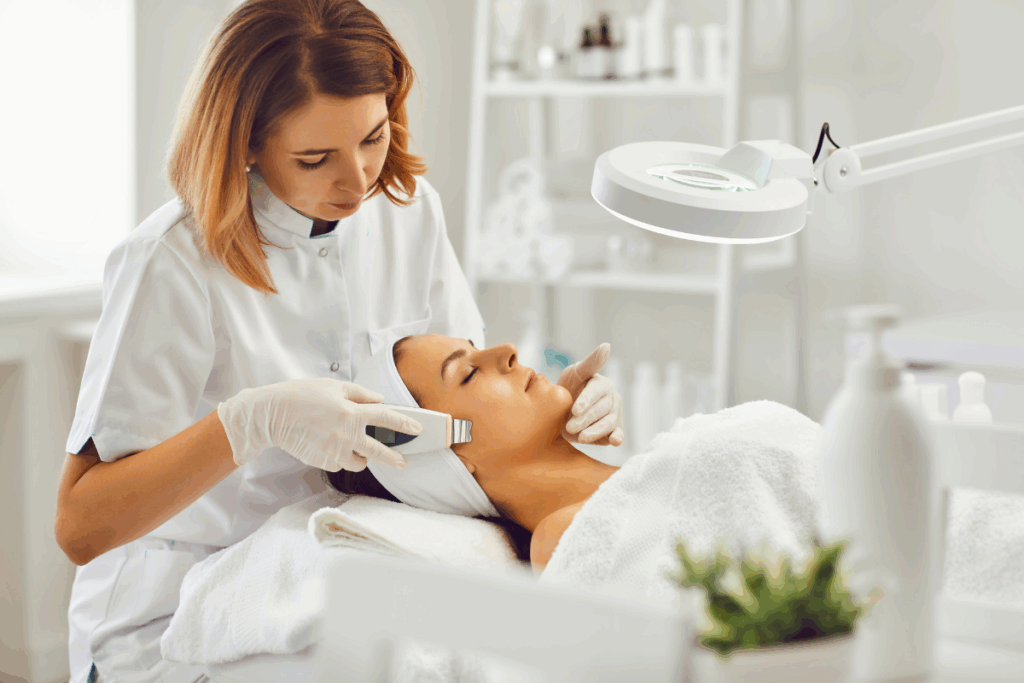
By understanding the IPL photofacial benefits and how the treatment works, you can make an informed decision about whether it’s right for your skin goals. Many who undergo a series of IPL sessions find that these not only revive dull skin naturally but also give them newfound confidence to go makeup-free and let their natural complexion shine. With IPL photofacials, a bright, smooth, and youthful glow is well within reach.
Sources:
- Medical News Today – “What to know about intense pulsed light treatment” (defines IPL as a cosmetic skin treatment for signs of aging, pigmentation, etc.)medicalnewstoday.comrmnc.com
- StatPearls (NIH/NLM) – “Intense Pulsed Light (IPL) Therapy” (states that IPL is a safe, effective option for pigmented/vascular issues and signs of photoaging)ncbi.nlm.nih.gov
- Healthline – “IPL Treatment: Cost, Procedure, and More” (notes that multiple sessions are needed and that IPL is less effective on dark skin tones)healthline.com



